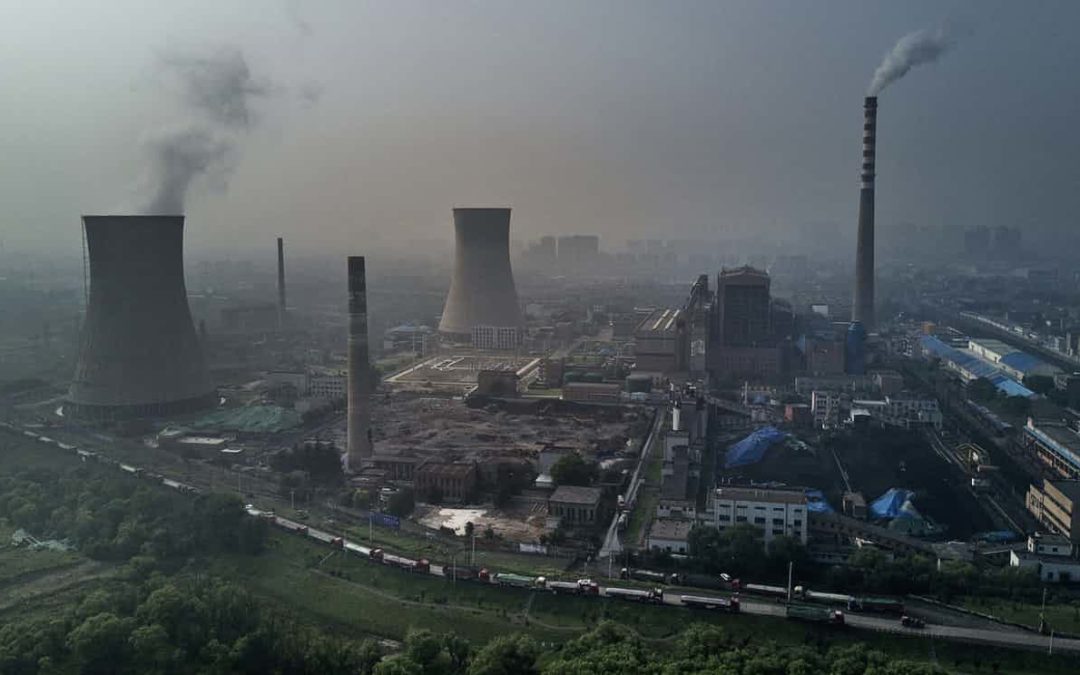SOURCE: The Global Carbon Project, The Guardian, Associated Press, Earth System Science Data (PDF)
DATE: November 13, 2017
SNIP: The burning of fossil fuels around the world is set to hit a record high in 2017, climate scientists have warned, following three years of flat growth that raised hopes that a peak in global emissions had been reached.
The expected jump in the carbon emissions that drive global warming is a “giant leap backwards for humankind”, according to some scientists. However, other experts said they were not alarmed, saying fluctuations in emissions are to be expected and that big polluters such as China are acting to cut emissions.
Global emissions need to reach their peak by 2020 and then start falling quickly in order to have a realistic chance of keeping global warming below the 2C danger limit, according to leading scientists. Whether the anticipated increase in CO2 emissions in 2017 is just a blip that is followed by a falling trend, or is the start of a worrying upward trend, remains to be seen.
Estimates for 2017 put it at about 40.8 billion tons (37 billion metric tons). Sixty years ago , the world spewed only 9.2 billion tons (8.3 billion metric tons).
“It’s a bit staggering,” said co-author Ralph Keeling, a Scripps Institution of Oceanography scientist, noting in an email that levels have increased fourfold since he was born in the 1950s. “We race headlong into the unknown.”
The ability to monitor emissions quickly and accurately is of growing importance. The Paris agreement is based on voluntary cuts by nations, and without verification that pledges have been fulfilled, the trust that underpins the deal could be eroded. “This puts immense pressure on the scientific community to develop methods that can truly verify changes in emissions,” said Prof Corinne Le Quéré, director of the Tyndall Centre for Climate Change Research at the UK’s University of East Anglia and who led the new research.

